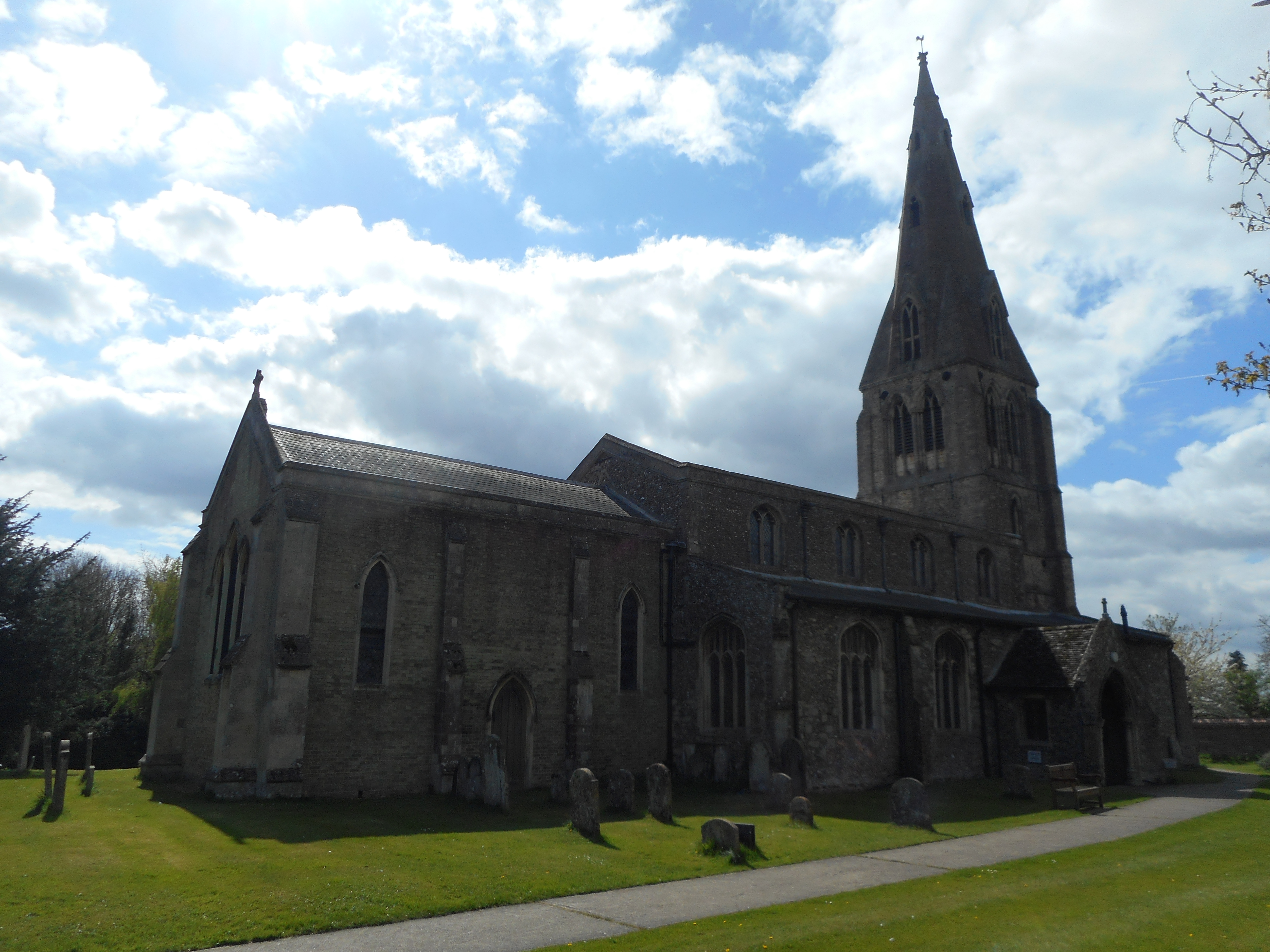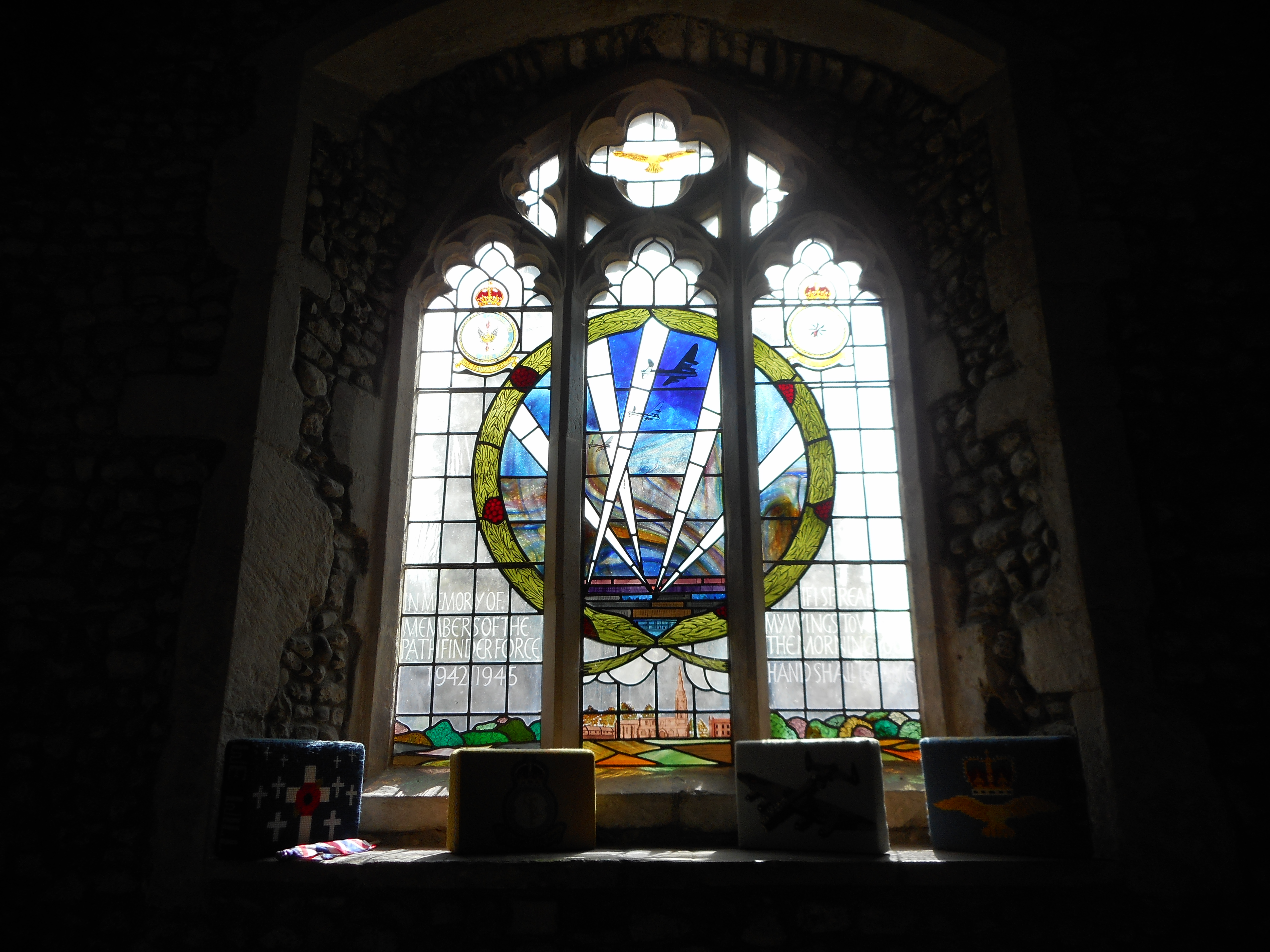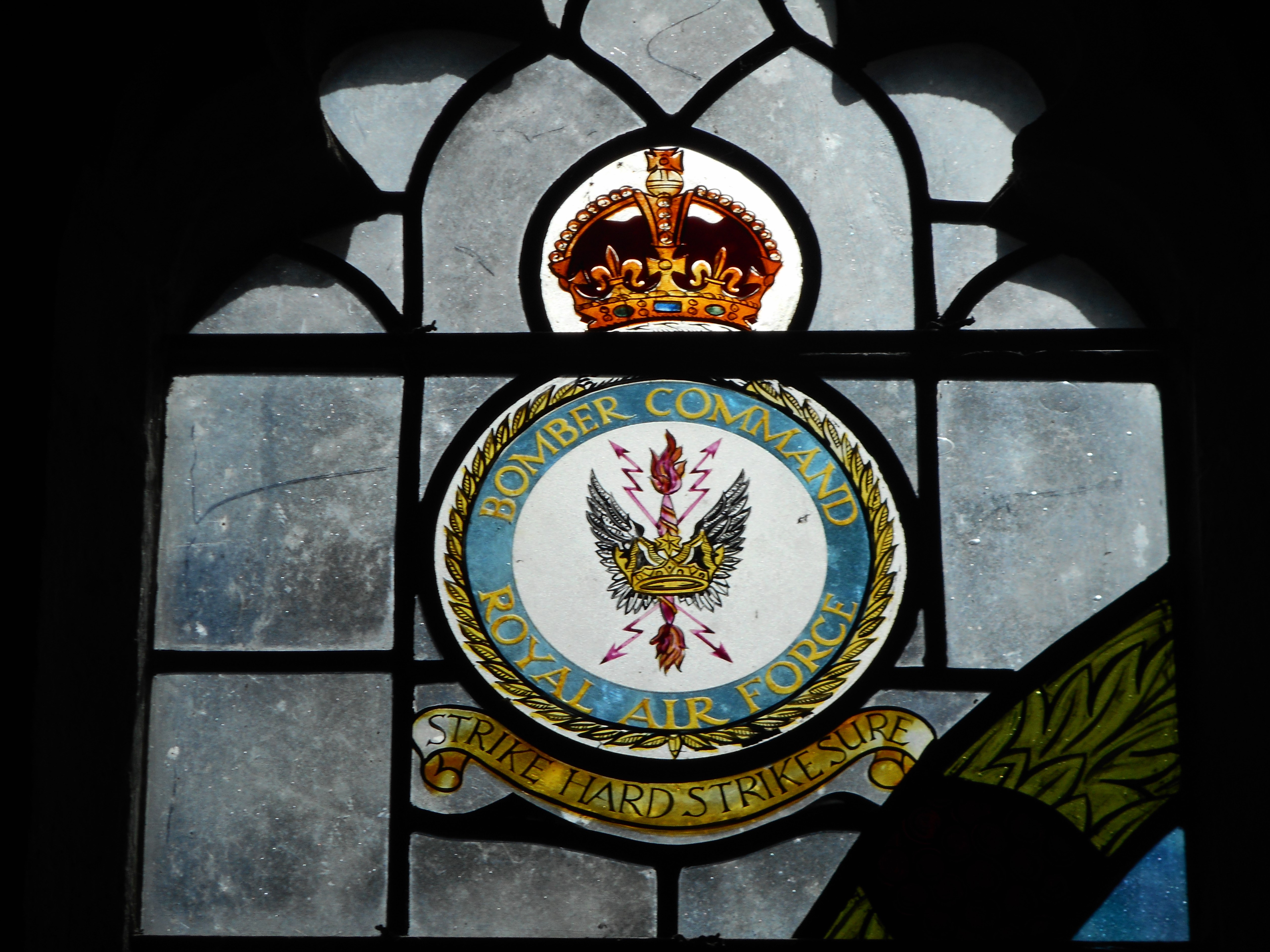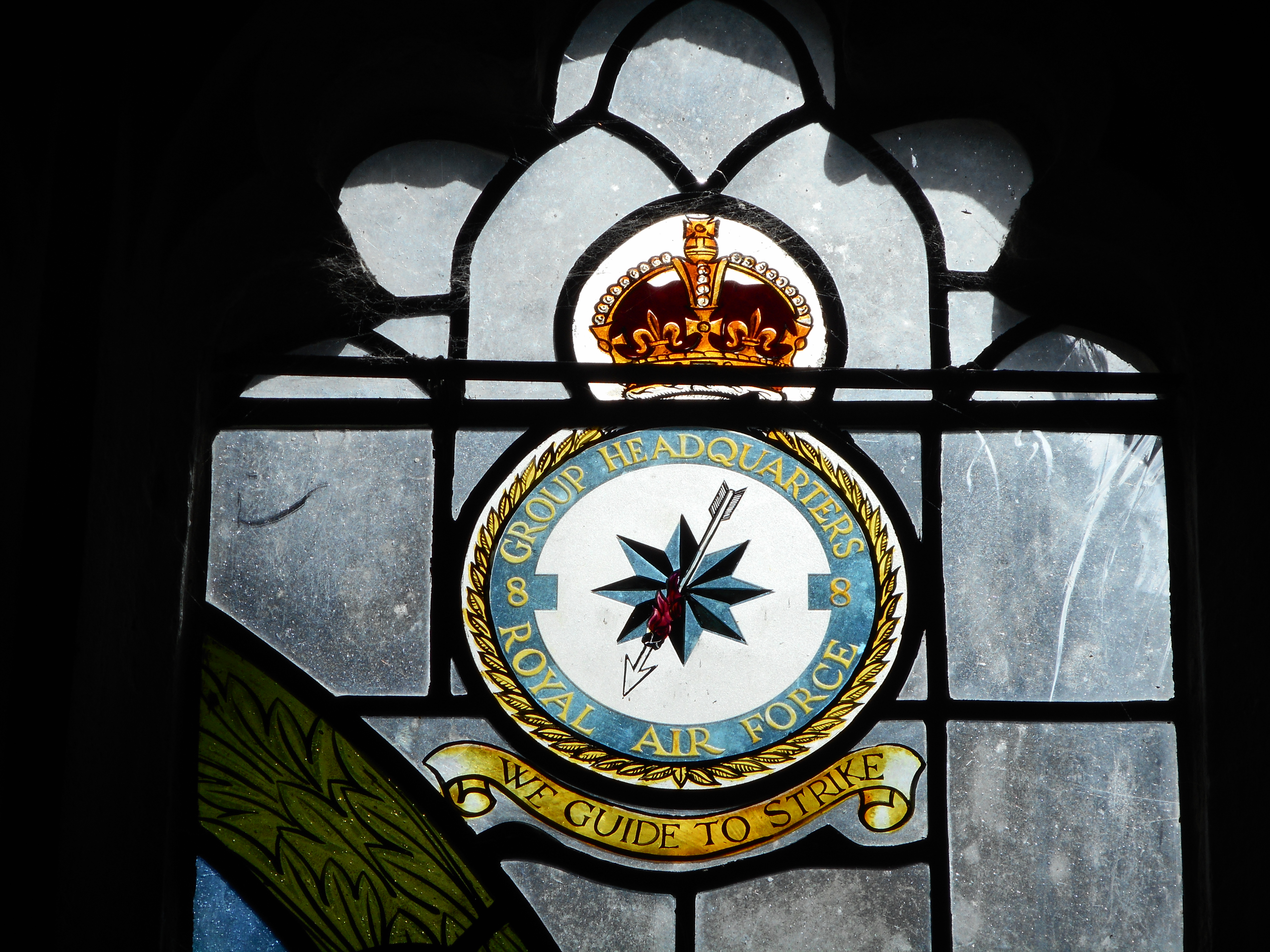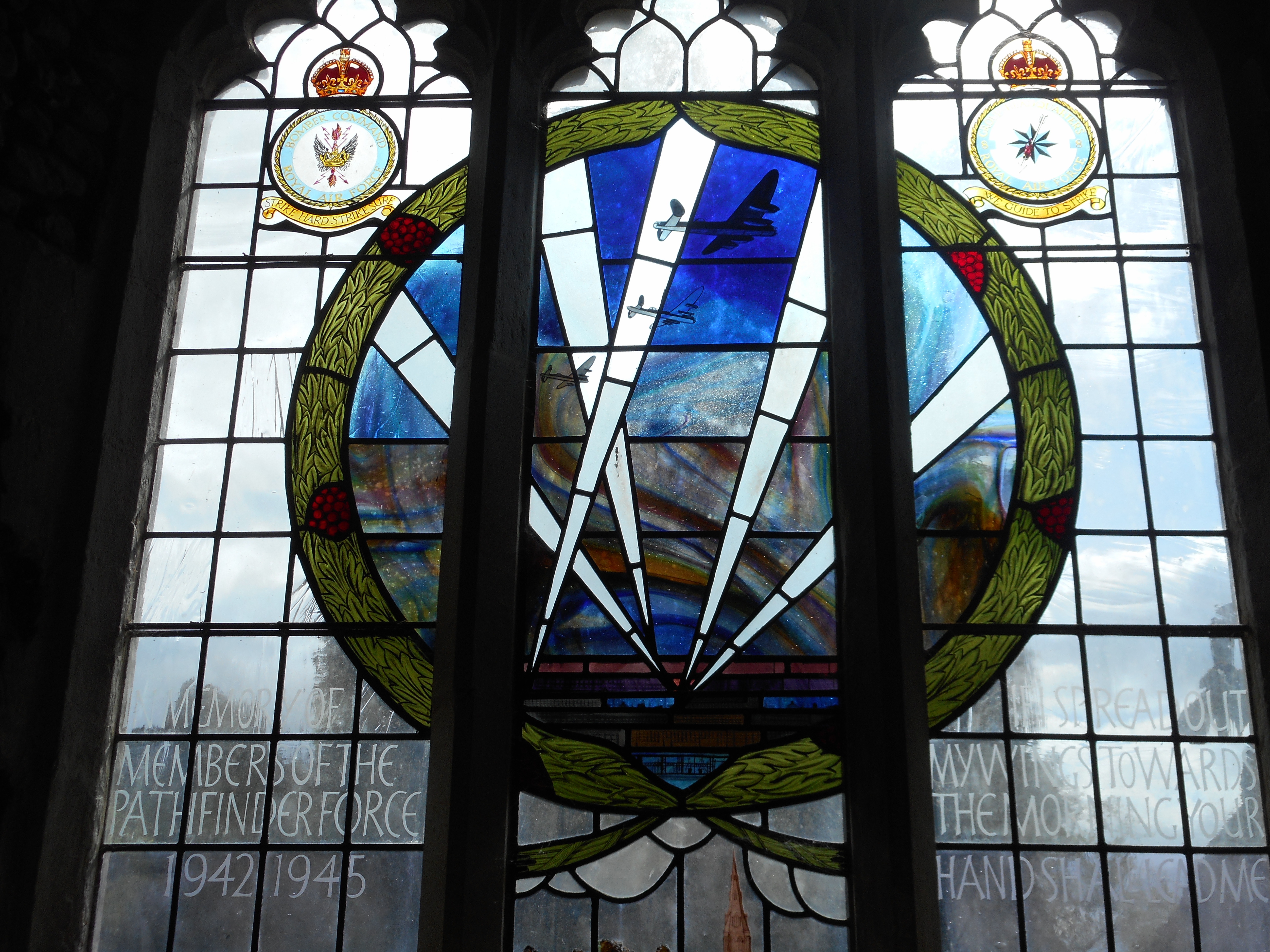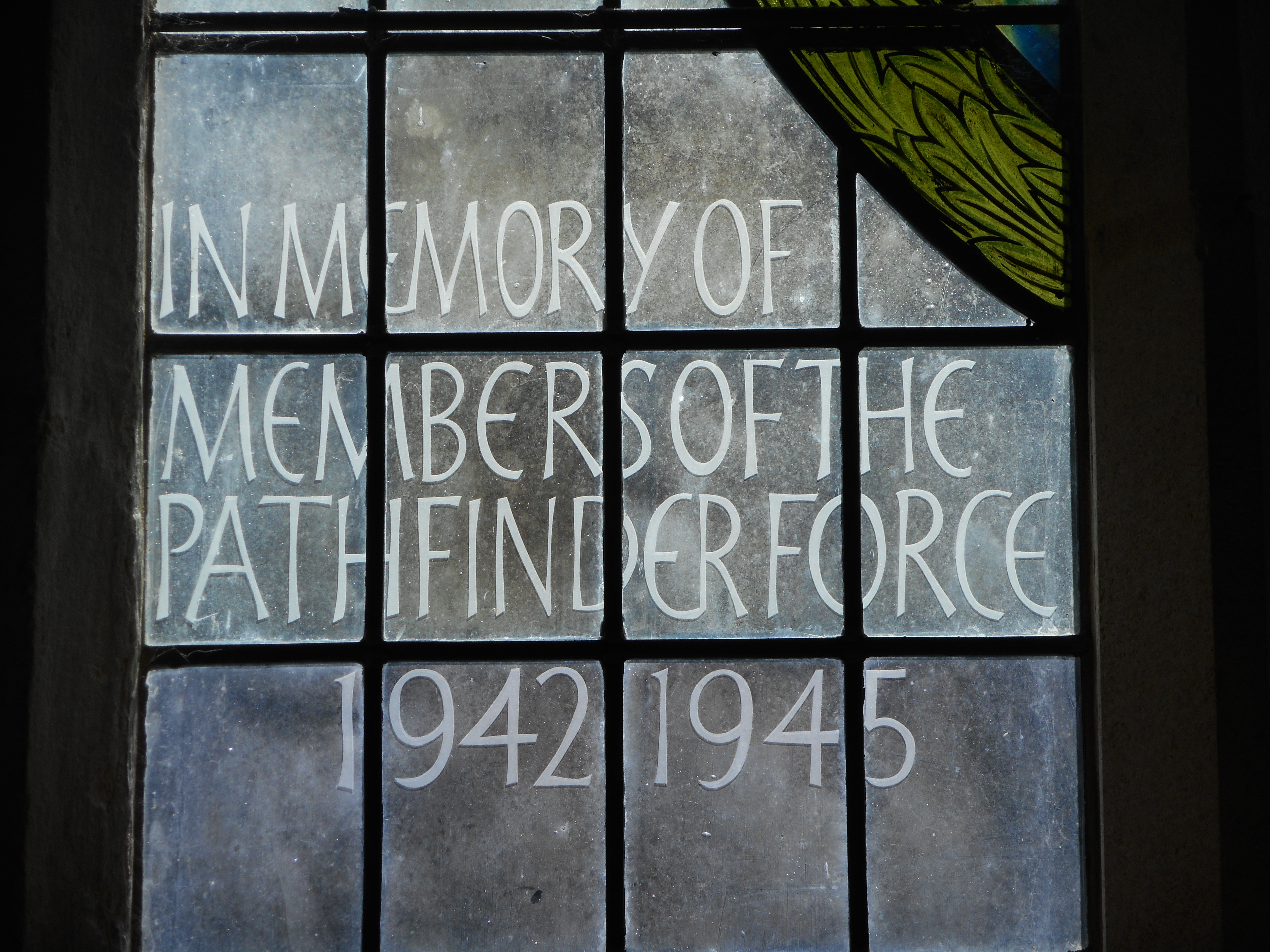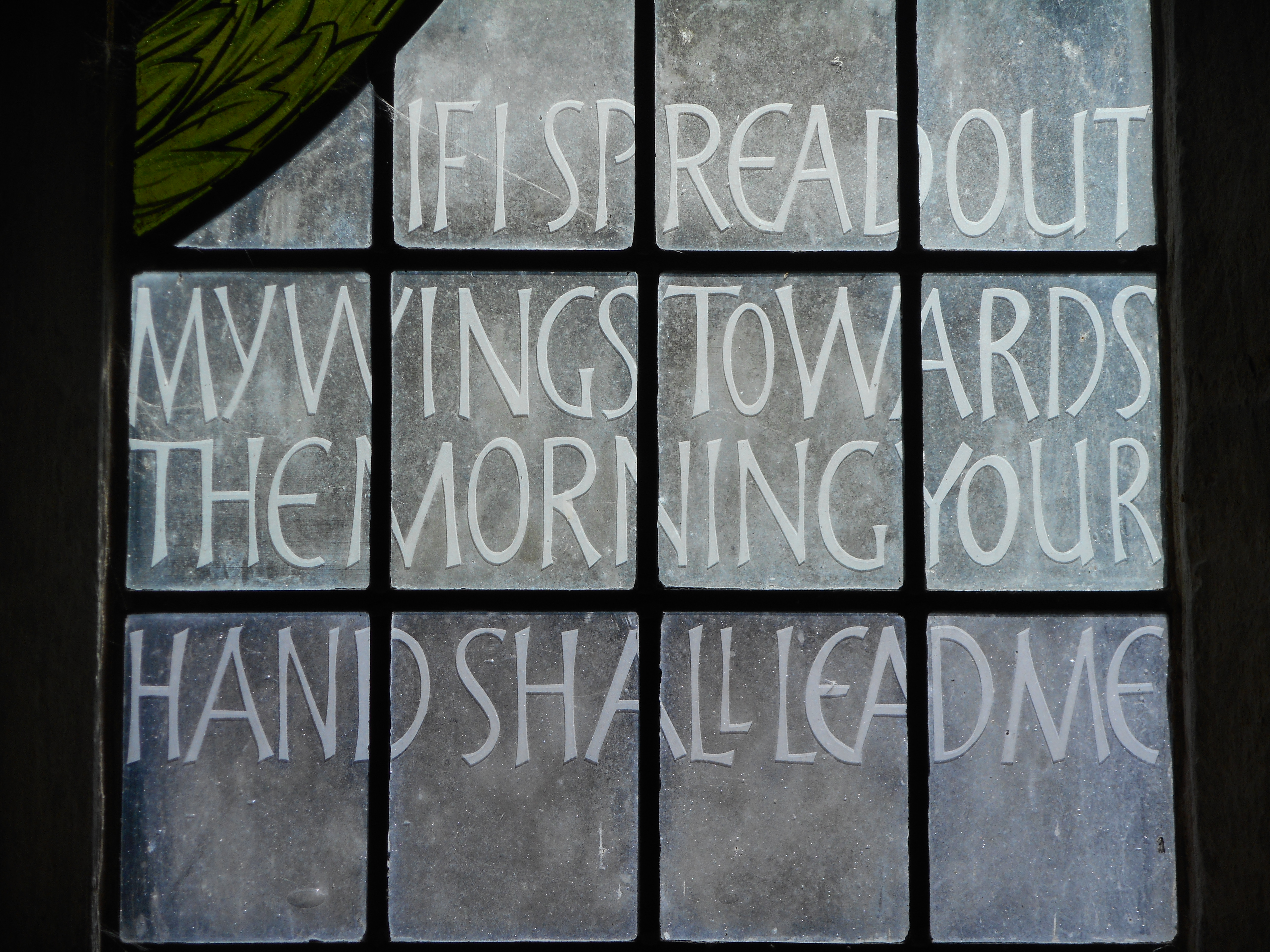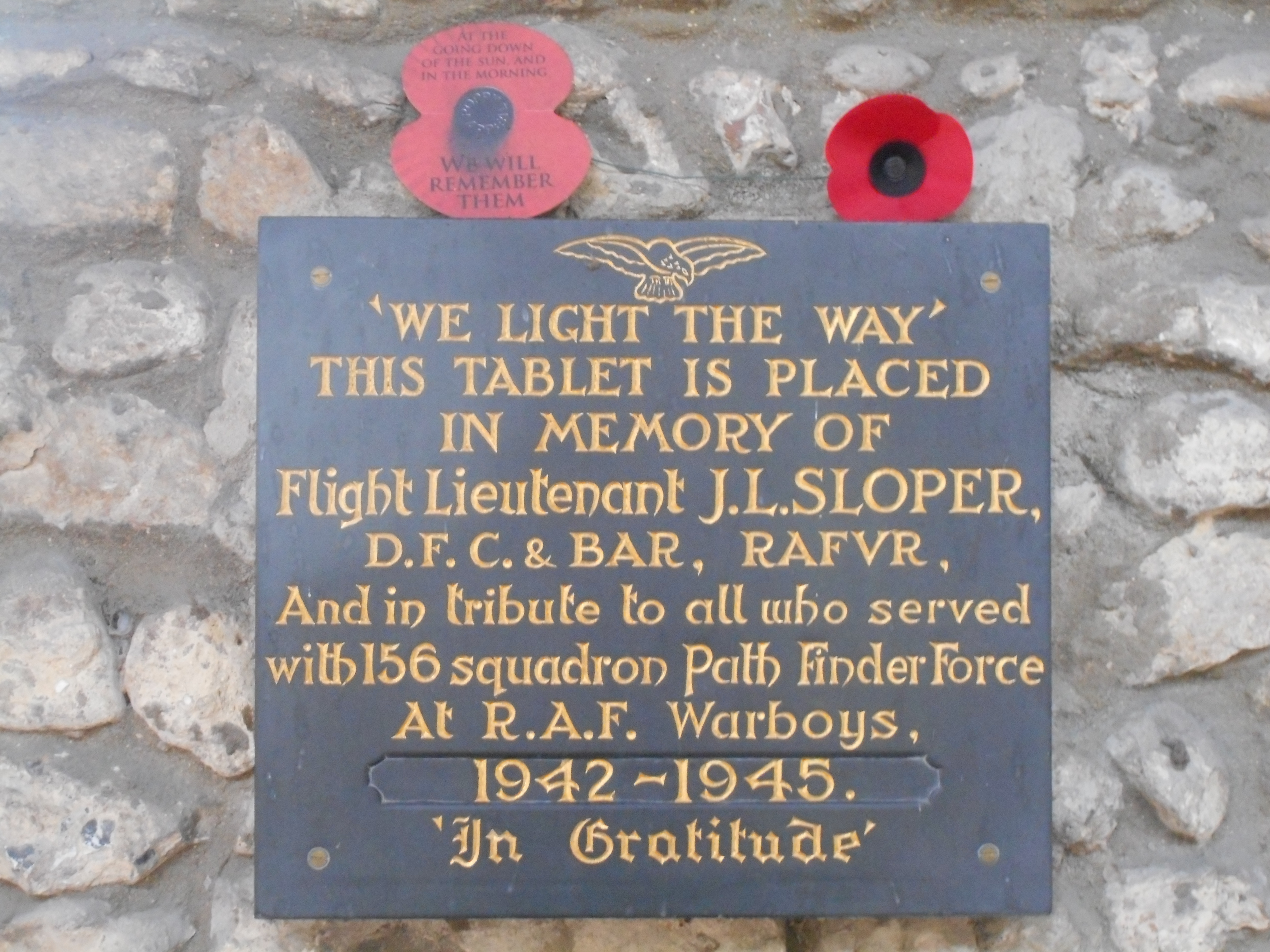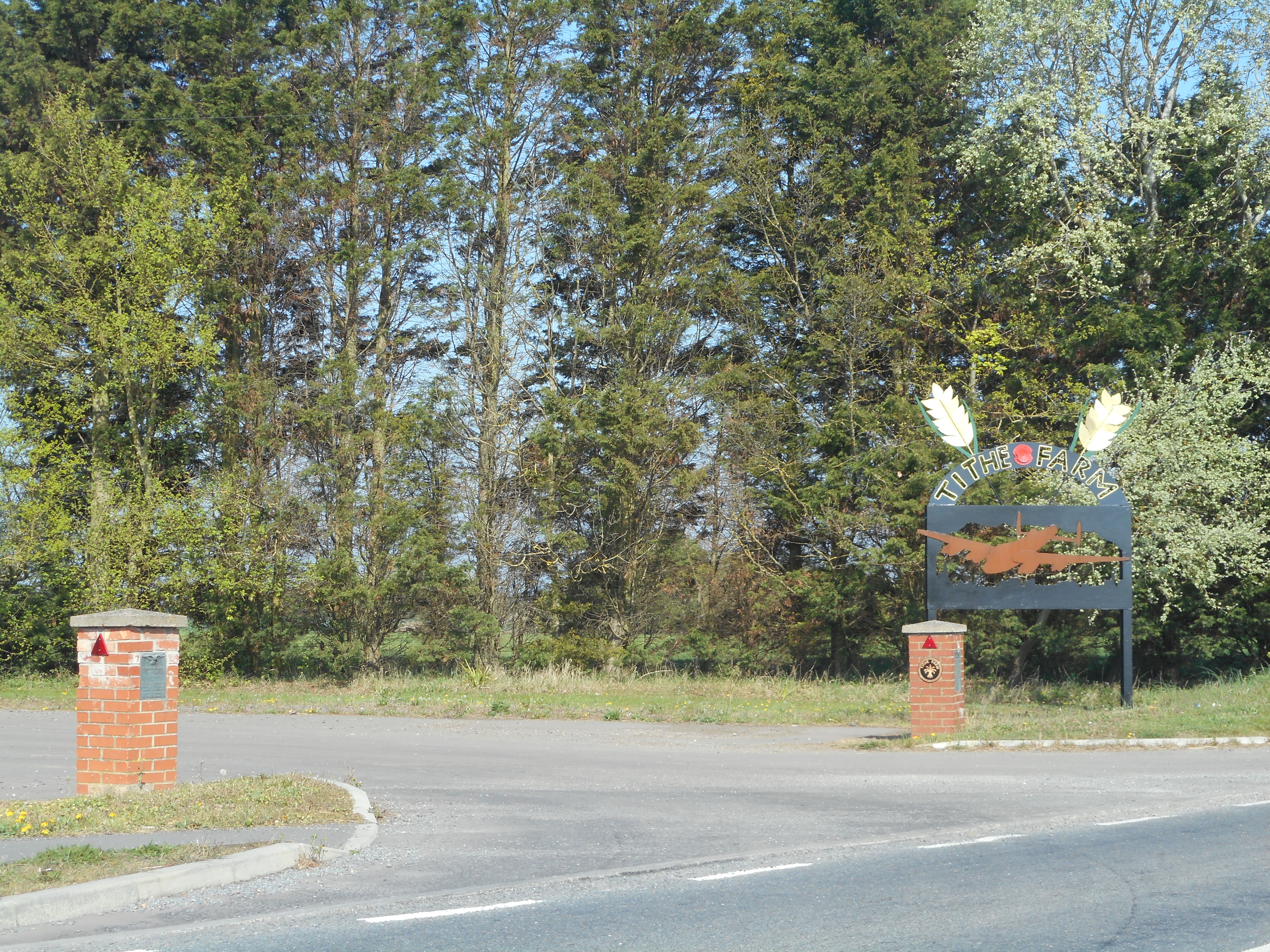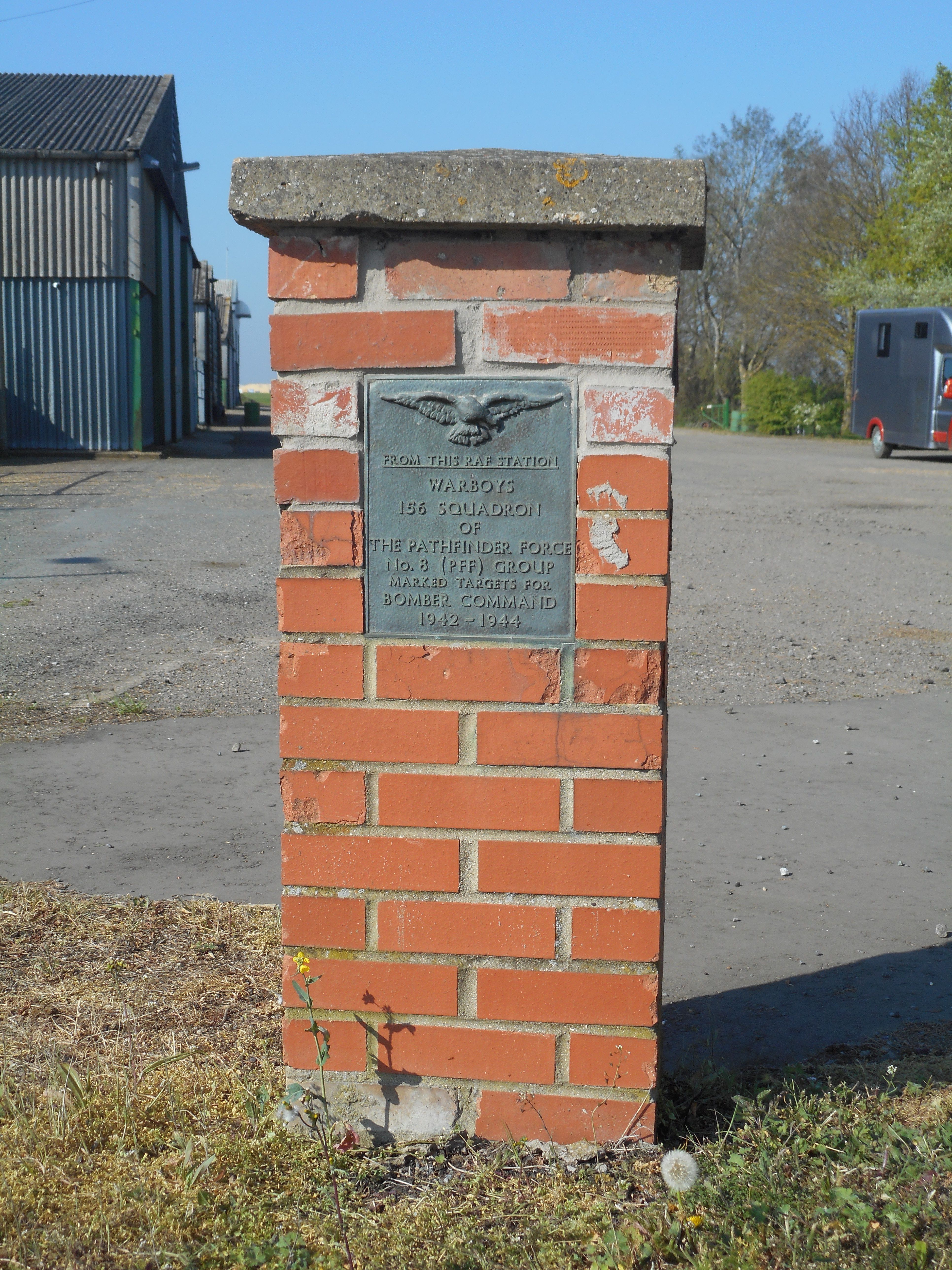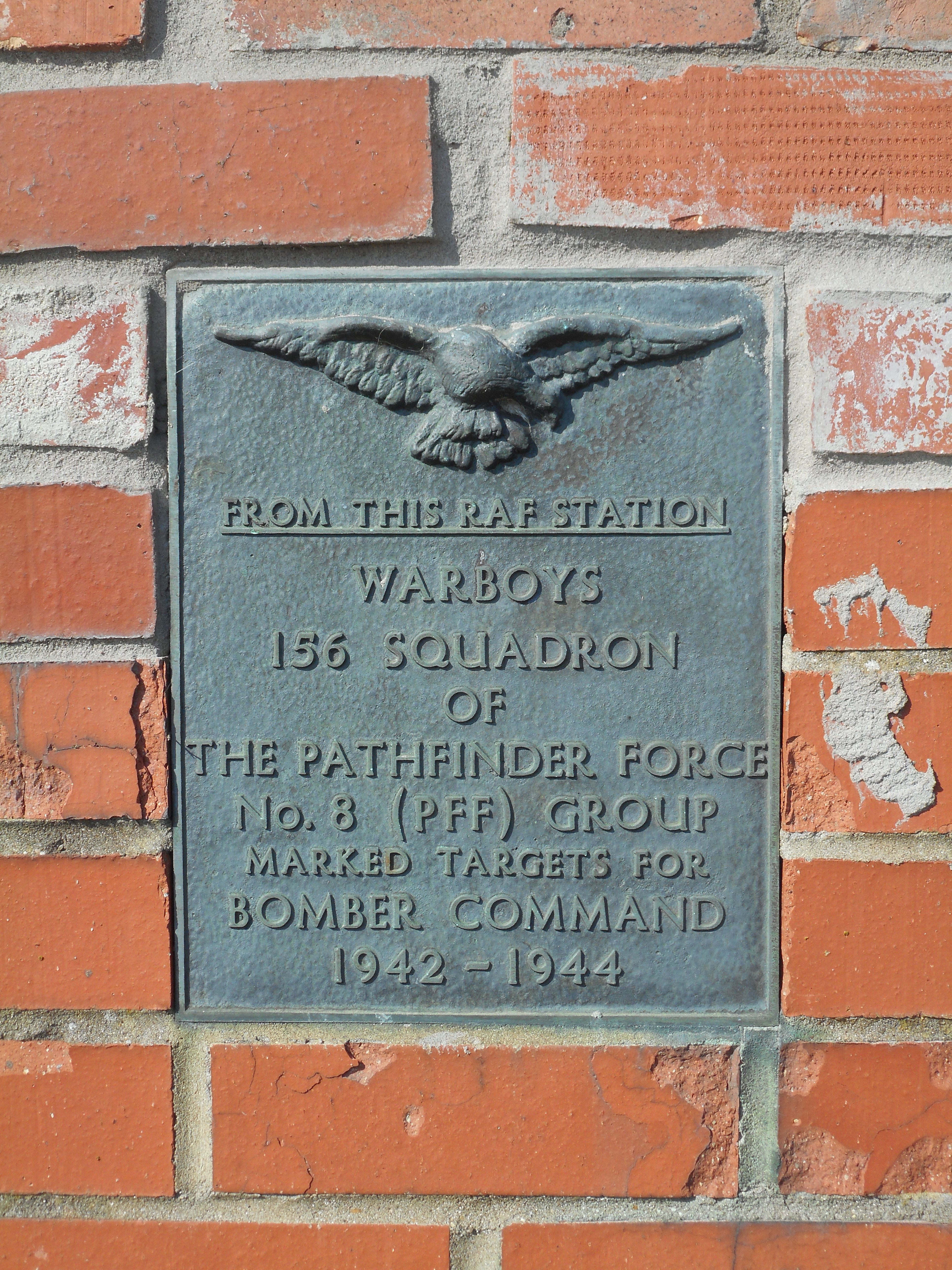Gynther, Clarence Lloyd
Personal Information
| Rank | P/O |
| Forename(s) | Clarence Lloyd |
| Surname | Gynther |
| Gender | M |
| Age | 25 |
| Date of Death | 02-01-1944 |
| Next of Kin | Son of George and Isabella Maud Gynther, of Mundah, Queensland, Australia. |
Aircraft Information
| Aircraft | Avro Lancaster III |
| Serial Number | JB476 |
| Markings | GT-R |
Memorial Information
| Burial/Memorial Country | Germany |
| Burial/Memorial Place | Berlin 1939-1945 War Cemetery |
| Grave Reference | 5. L. 25. |
| Epitaph | HIS DUTY FEARLESSLY AND NOBLY DONE. EVER REMEMBERED |
IBCC Memorial Information
| Phase | 2 |
| Panel Number | 174 |
Enlistment Information
| Service Number | 22067 |
| Service | Royal Australian Air Force |
| Group | 8 |
| Squadron | 156 |
| Squadron Motto | We light the way |
| Trade | Navigator |
| Country of Origin | Australia |
Other Memorials
| Location | St. Mary Magdalene Church, Warboys, Cambridgeshire |
| Country | United Kingdom |
| Memorial Type | Stained Glass Window & Inscribed Slate Tablet |
| Memorial Text | We light the way" This tablet is placed in memory of Flight Lieutenant JL Sloper DFC and Bar, RAFVR. And in tribute to all who served with 156 Squadron Path Finders Force at RAF Warboys, 1942-1945, In gratitude. |
| Location | Tithe Farm, Warboys, Cambridgeshire |
| Country | United Kingdom |
| Memorial Type | Brick Pillars and inscribed Metal Plaques |
| Memorial Text | From this RAF Station Warboys 156 squadrons No 8 (PFF) group, marked targets for Bomber Command 1942-1944 |
Miscellaneous Information
| 156 Squadron lost four Lancasters on this operation. Not a single crew member survived |
Commonwealth War Graves Commission
The National Archives
| Record of Events (Operational Record Book) AIR 27/1042/2 |
| Summary of Events (Operational Record Book) AIR 27/1042/1 |
Fellow Servicemen
Please note that this list gives all the losses aboard the quoted aircraft and occasionally these may have occurred on an earlier date when the aircraft was not itself lost. Please check the dates of death carefully.
Last Operation Information
| Start Date | 01-01-1944 |
| End Date | 02-01-1944 |
| Takeoff Station | Warboys |
| Day/Night Raid | Night (41% moon) |
| Operation | Berlin. 421 Lancasters, 28 losses (6.7%). German fighters were directed to the main bomber stream early in the approach and the German controller was not deceived by the Mosquito diversion on Hamburg. However, the night-fighters were not particularly effective over the target and the flak was also restricted in height due to their presence. Berlin was cloud covered once again and the sky-marking was not especially accurate. Bombing was scattered but mainly in the southern suburbs. Only 21 houses and one industrial building were destroyed and 79 people killed. |
